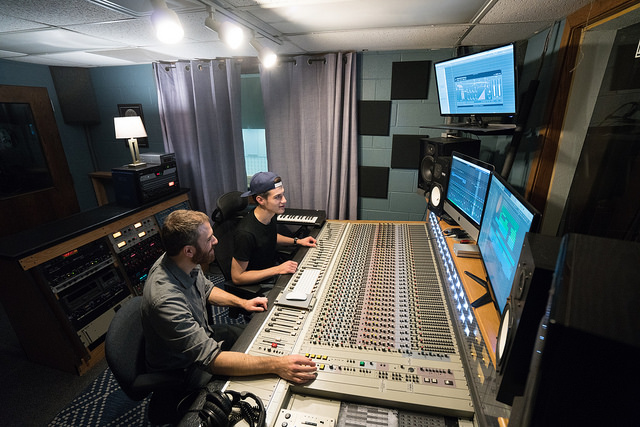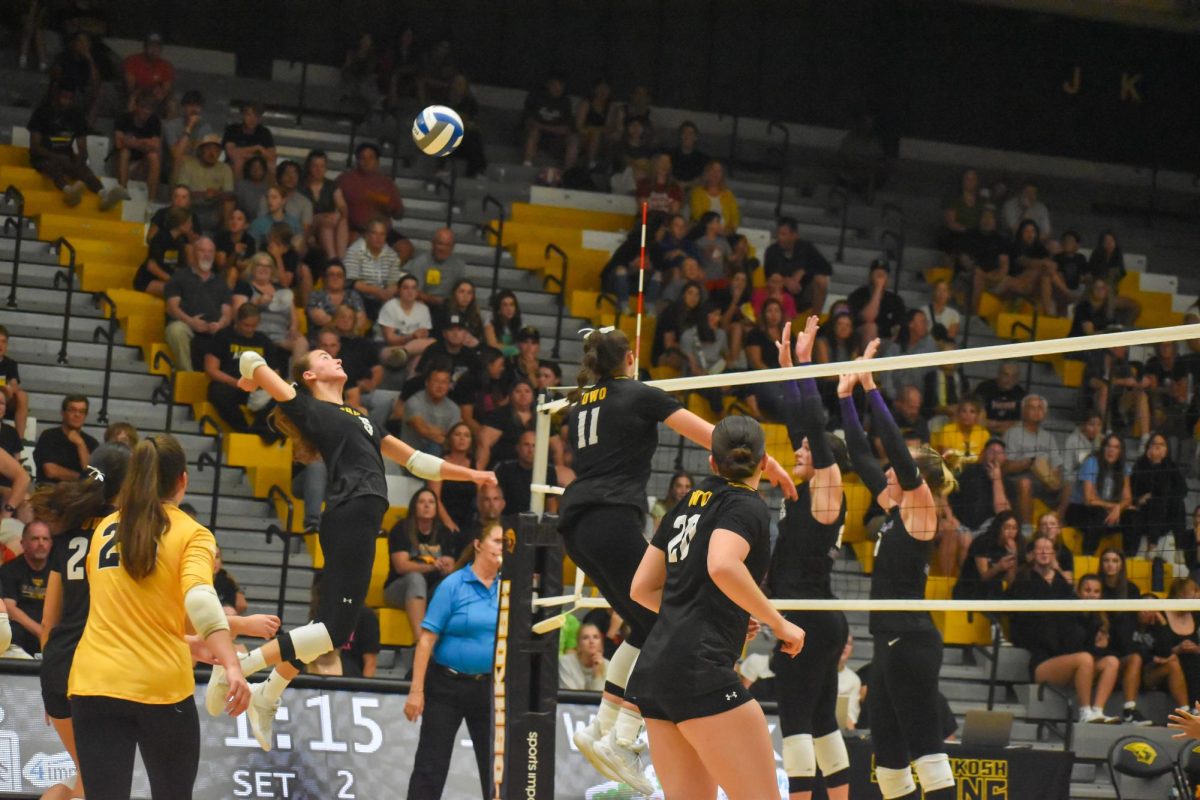Regional news: history of access campuses
February 14, 2019
Students at UW-Fox Valley and UW-Fond du Lac officially became UW Oshkosh students at the start of the 2018 fall semester after the UW System restructured its campuses.
University Archivist Joshua Ranger said the restructuring has deep roots in University history.
“The idea of attaching the [two-year] colleges to universities was an idea that had been discussed for decades,” Ranger said. “This was always an idea. In 1971 when they tried to create a single colleges system, one of the ideas was let’s attach them each to a four-year campus and administer them as a branch campus.”
Ranger said the access campuses originated as part of an extension program where UW Madison would offer entry-level college courses in communities across the state.
“This came in the early part of the 20th century, this idea of the Wisconsin Idea, the boundaries of the University should be the boundaries of the state,” Ranger said. “You shouldn’t be forced to come to Madison to learn about agriculture, about new forms of industry or about history or literature for that matter.”
According to Ranger, Fond du Lac and Menasha both started offering the extension program during the Great Depression. Fond du Lac began its extension program in 1933, while Menasha started in 1938 at a local high school.
Ranger said during the Depression young people had no job prospects after graduating high school, which caused the extension program to expand across the state.
“At the Extension centers, like those at Fond du Lac and Menasha, enrollees could typically select from two or three freshman subjects each semester, including English, history, geography or Spanish,” Ranger said. “Some faculty lived in the communities around the state, but most were circuit riders driving out of their homes in Madison.”
Ranger said during World War II, many of the extension centers closed, including those of Menasha and Fond du Lac.
“The youth problem is solved, there’s war work for people, for women, for men who might be a little too old, and then a lot of the men went into the military,” Ranger said. “Suddenly you didn’t need as many of those programs, and a lot of them closed.”
Ranger said the 1944 GI Bill of Rights, which gave veterans the opportunity to pursue a higher education, caused many of the extension centers, including Menasha and Fond du Lac, to re-open.
“What was really important to Veterans [is that they] were guys who never thought they were college material had this chance to test the waters, to get access to college education before making a big decision or a big investment to move to another community to continue,” Ranger said.
According to Ranger, most of the post-war extension centers were intended to be temporary, and, after influx of veterans from the GI Bill, many of the centers, including Fond du Lac closed.
“Menasha, however, remained in operation, offering both freshmen and sophomore courses,” Ranger said. “In 1957, the school moved out of the high school.”
Fond du Lac opened in 1968 as an extension of the Wisconsin State University System and was administratively connected to WSU Oshkosh (UWO), Ranger said.
“While attached to the State University System, the Fond du Lac Center was very much like the two-year campuses administered by the UW Center System,” Ranger said.
The UW System merged with the WSU system in 1971, and Fond du Lac was decoupled from Oshkosh, Ranger said.
“From merger until the early 1980s the ground under the centers’ [UW two-year schools’] feet never seemed too steady,” Ranger said. “The centers were particularly susceptible to demographic changes.”
One of the students who went to UWFDL pre-merger was Joseph D. Tasch, who said he attended UWFDL from 1975 to 1977 before transferring to UWO, where he graduated in 1980.
“I was the first in my family to attend college,” Tasch said. “This local campus gave me the opportunity to get the college experience and gain credits at a much-reduced cost. It was and continues to be a valuable asset to the community.”
Stephen Seifert attended UWFV pre-merger from 1968 to 1969 before transferring to Madison where he graduated with a law degree.
“It [UWFV] was a different atmosphere; people have jobs, some are nontraditional students and have families,” Seifert said.
Ranger said UWO merging with UWFV and UWFDL makes sense because it’s responded to the same demographic changes since the 1930s.
“I like to think that our campus has evolved a lot over the years, from a teacher training institution only to this fully comprehensive university, and now a full three-campus university seems like a natural evolution to us,” Ranger said.













